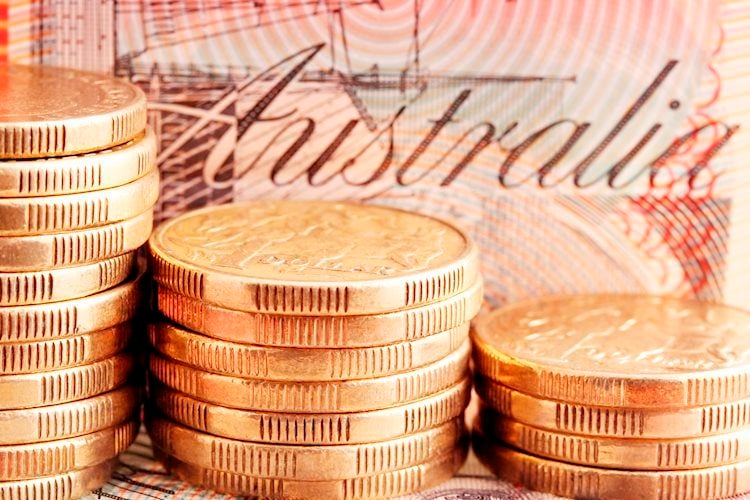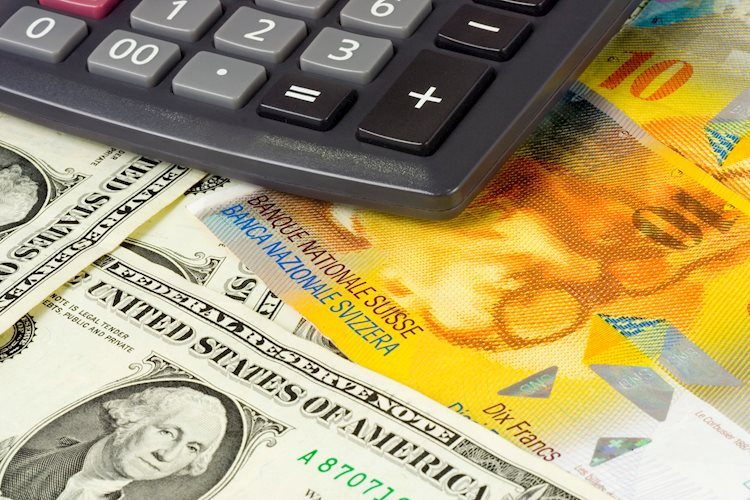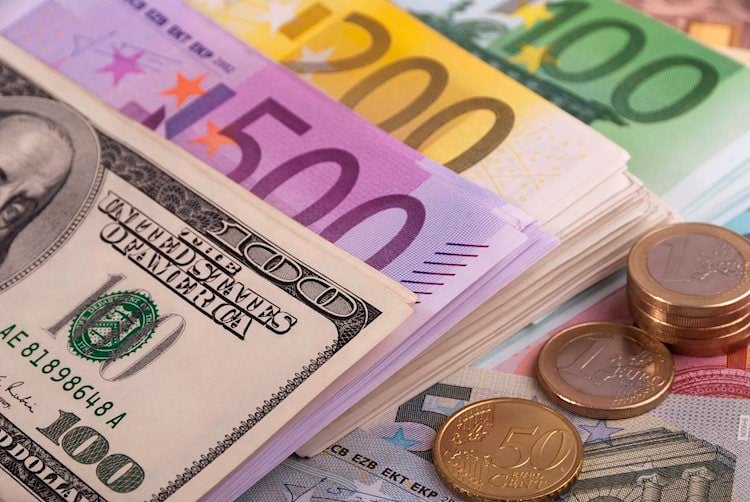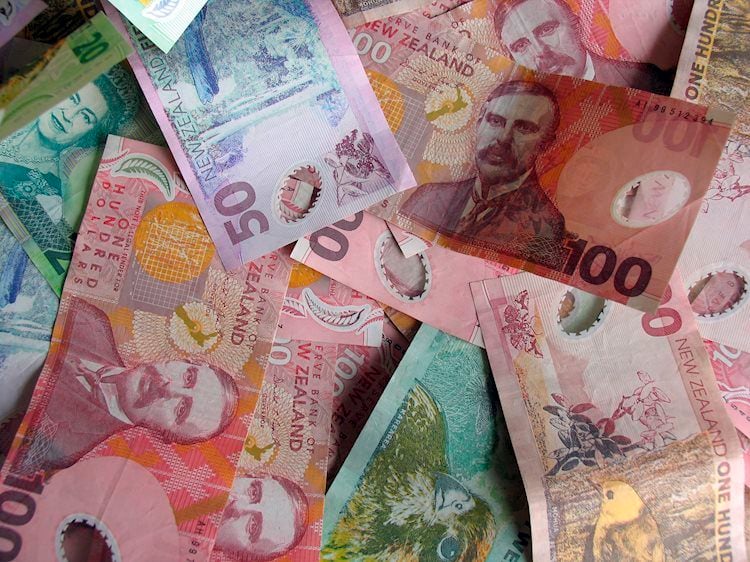As US traders return from their long weekend, the RBA gave the Aussie a short-lived boost.
As the US dollar strengthens, the AUD/USD bears reclaim control and target 0.74.
Despite the Reserve Bank of Australia’s aggressive stance, the AUD/USD is currently trading at 0.7490, down 0.45 percent from its high of 0.7598 and approaching the day’s lows of 0.7580.
It’s once again a US dollar story, as the US currency strengthens and broader markets resume trading after the long weekend break as the US returns from its Fourth of July holiday.
The market is still digesting Friday’s US Nonfarm Payrolls jobs report, which prompted profit-taking in the greenback.
The US dollar has already recouped the majority of its losses, as shown in the daily DXY chart below:
The high from Friday around 92.741 is still intact, but bulls will be chasing down the 93 regions ahead of the March 31 high near 93.437. A decrease of -272 percent The first port of call to test the bear’s commitments is the Fibo retracement of the correction at 92.95.
The report’s implications for the Federal Reserve’s tapering timetable are met with skepticism.
However, traders who support the greenback now appear to be more confident that the Fed will fully commit to tapering sooner rather than later.
“There were definitely components of the report that warranted caution, but we don’t believe the data caused the Fed to pause,” Brown Brothers Harriman analysts said.
“A big slowdown in employment growth in July and August could cause the Fed to halt, but we won’t know for weeks.” For the time being, we firmly expect Fed taper talks to progress.”
Meanwhile, the market is looking forward to tomorrow’s Federal Open Market Committee minutes for fresh confirming indications. At this meeting on June 15-16, tapering discussions formally began, and traders will be looking for firmer ideas on when tapering will begin.
A more hawkish tone from them should support the dollar, especially in the wake of disappointing statistics from Europe on Tuesday, which tarnished the attraction of the euro (which accounts for over 58 percent (actually 57.6 percent) of the DXY index).
The Australian dollar strengthened in Asian and European markets after the Reserve Bank of Australia announced that it would reduce the pace of its bond-buying program starting in September, followed by a policy review in mid-November.
Governor Phillip Lowe of the Reserve Bank of Australia said that the economy had surprised on the upside.
The hawkishness, however, came to an end when the central bank announced that rate hikes would not be implemented until 2024.
While the economy has improved significantly, Lowe believes that this has not yet been reflected in salaries and inflation. He also reiterated that the bank will continue to acquire bonds unless “additional meaningful progress” is made toward its full employment and inflation goals.
Overall, this puts the AUD in a stalemate against currencies from countries where central banks have already removed or are likely to remove accommodation, such as the United States, the United Kingdom, Canada, New Zealand, and Norway.
“The eurozone, Japan, Switzerland, and Sweden were all battling with deflation before the pandemic, so their recoveries are shaping up to be more susceptible and spottier,” say analysts at Brown Brothers Harriman. As a result, they have no intention of eliminating housing.”
This creates a strong case for long AUD versus currencies of countries still struggling from sluggish economic growth.
We can use EUR/AUD as an example to keep with the central bank divergence topic.
The pair cut apart the horizontal support by shooting lower on the RBA.
So far, the price has failed to break the 61.8 percent Fibonacci retracement, which is projected to act as a confluence region of resistance, putting the market at danger to the downside.
A retest and breakdown of the previous support would open the possibility of filling the daily wick and a negative continuation towards 1.5580.
Meanwhile, in the case of the AUD/USD, BBH analysts noted that a break over 0.7650 would likely imply a stronger recovery to the June 11 high above 0.7775.
Around the meantime, the greenback has regained favor, leaving the downside vulnerable while trading below the 50 percent mean reversion and 10-day EMA confluence in the 0.7530s, pointing towards 0.74./n





